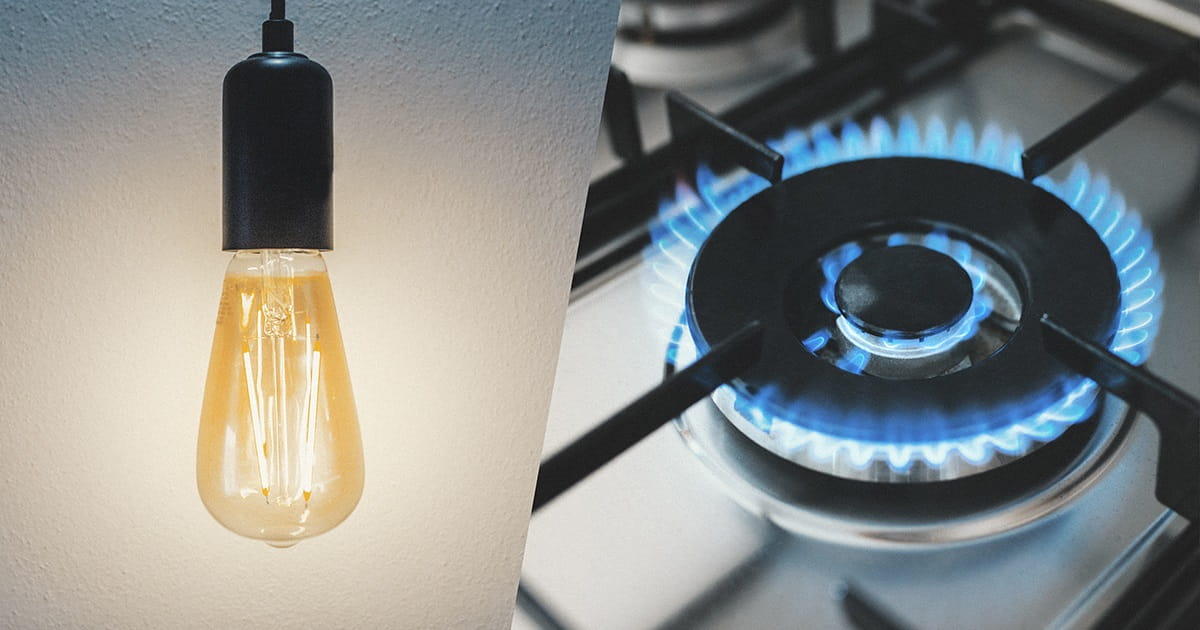Understanding where low-income utility customers reside and reaching them
There has never been a more critical time for utilities to help their most vulnerable customers seek relief and ultimately recover from the coronavirus crisis. Many utilities have enacted measures to do just that, including suspending service disconnections, reconnecting customers in the dark, waiving late payment fees, and offering flexible payment plans.
However, with economic forecasts predicting a long-lasting recession, many households could struggle for several months to pay utility bills and other basic needs.
Urban Hardship Index
Utilities have an opportunity to proactively assist their customers, especially those with layered factors contributing to their economic hardship. The Urban Hardship Index provides a methodology to evaluate urban hardship by drawing together six key factors:
- Unemployment
- Education
- Per capita income level
- Poverty
- Crowded housing
- Dependency
Values of these six factors can be taken from census tracts and zip codes available through public data sources such as the U.S. Census Bureau. When comparing a group of factors, a higher-weighted composite index score signifies worse economic conditions.
It should be noted that this methodology can be used simply as a starting point. Utilities can choose additional factors such as crime rates, access to health insurance, or utility-specific parameters (e.g., arrearage balance, number of service suspensions) to make their assessment. Unlike with a common data source, the challenge is to obtain data that is consistently reported across an entire utility’s service territory of numerous cities and counties. Once utilities have identified where their low-income customers are likely to reside, they can begin to think about ways to communicate and provide further financial assistance.
Communicating and providing support to customers
The ability to communicate and connect with customers effectively during a crisis is at the core of public utilities’ services. The FCC issued a Keep Americans Connected Pledge asking telecommunications and broadband providers to promote connectivity for Americans impacted by disruptions caused by the coronavirus. Taking a page out of the FCC pledge, other utility companies can utilize available communication tools (e.g., emails, website, text messages) to remind customers of their commitment to suspend service disconnections and to waive any late fees during this challenging time.
Utilities can also think about what program offerings exist to provide financial hardship assistance. Beyond financial arrearage assistance through the federal Low Income Home Energy Assistance Program (LIHEAP) that may not reach all income-eligible customers, do utilities have supplemental programs that reduce the financial burden of low-income customers trying to pay utility bills? Considering many shelter-in-place restrictions, are there ways in which utilities can enroll customers in such programs electronically or streamline that process?
Utilities should seek to strengthen their relationships with external partners, including community-based organizations, faith-based organizations, and local governments as they serve as effective channels to reach and support customers as well as display utilities’ commitment to customer assistance.
Mitigating financial risk
With a majority of state-level utility jurisdictions having some form of service disconnection moratoriums in place, some regulators have begun providing guidance or provisions for ratemaking treatments to address increased costs and/or lost revenue associated with the coronavirus pandemic and termination of shut-offs. Certain alternative ratemaking mechanisms, such as reconciling rate riders or earnings sharing mechanisms, provide an avenue for utilities to address incremental uncollectible costs on an expedited basis outside of a general rate case.
In addition to modeling potential bad debt increases, utilities can increase credit allowance for doubtful accounts and debit bad debt expense based on estimated percentage of customers likely to defer or default on bill payments. While the balance sheet method typically projects uncollectible portion of customer accounts receivable based on prior years’ actual write-offs, utilities can estimate the percentage of outstanding receivables likely to be charged off in the future and accrued through a bad debt reserve balance.
However, utilities may also consider the impact to their financial statements and ultimately their credit rating. In a recent investor-owned utility senior debentures credit rating, one of the three major credit rating agencies acknowledged the benefits of rate recovery mechanisms. But it also acknowledged whether long-term economic impacts of the coronavirus crisis could alter the application of revenue decoupling or bad debt expense recovery.
State regulators and credit rating agencies are aware of the unprecedented challenges facing the utility sector, but utilities can make a compelling case for incremental cost recovery and bad debt expense recovery if they showcase strong stewardship to their most challenged customers.
By proactively identifying their low-income customers and targeting programs with a customer-centric approach, utilities can not only serve their most challenged customers, but also mitigate the financial impacts during the long-term post-crisis recovery phase.




